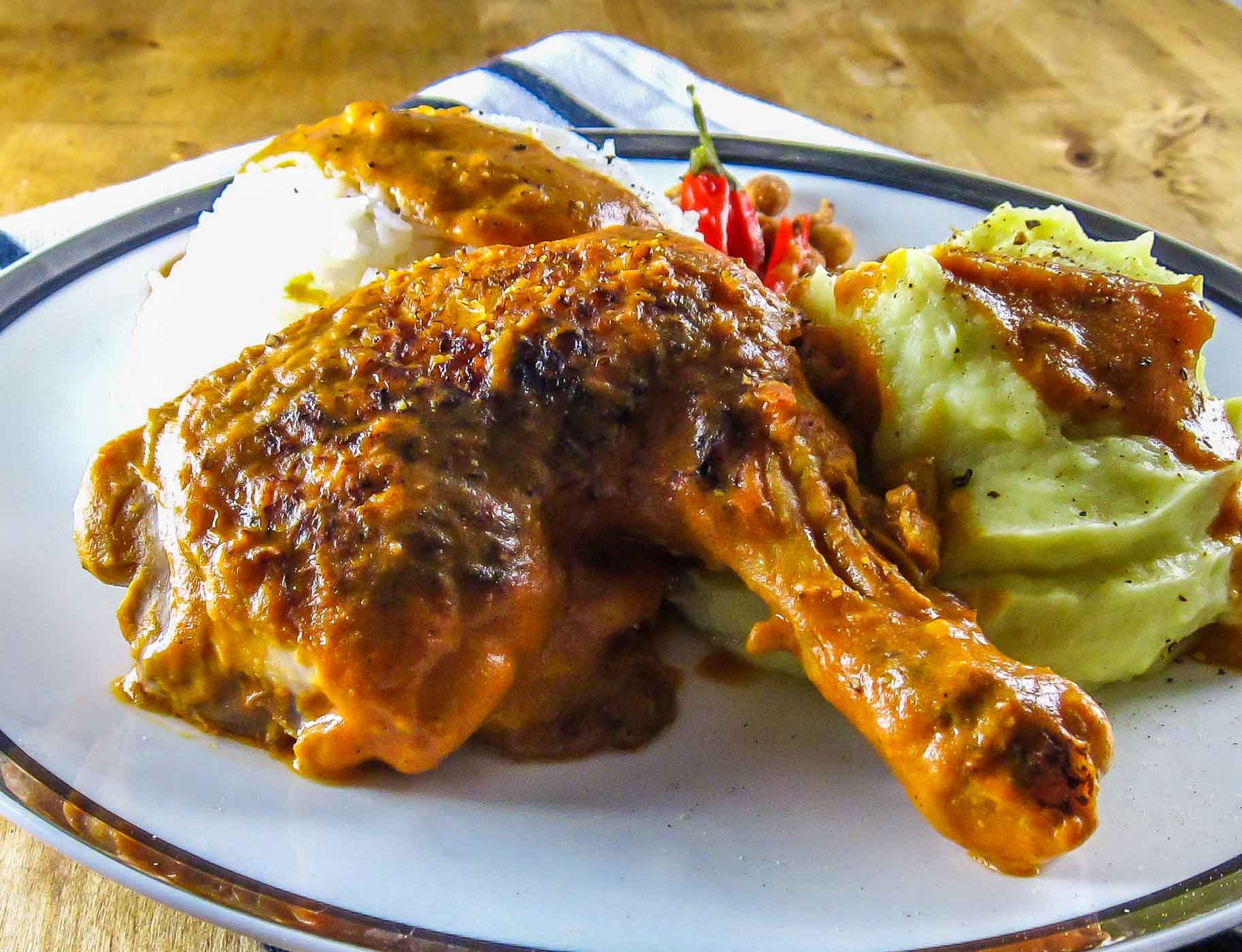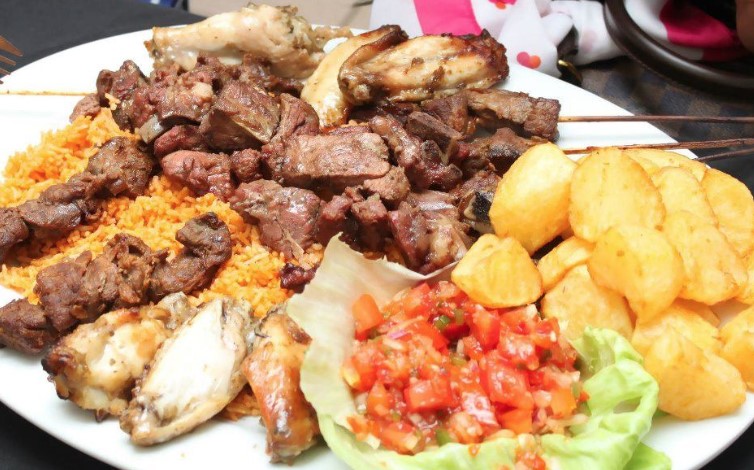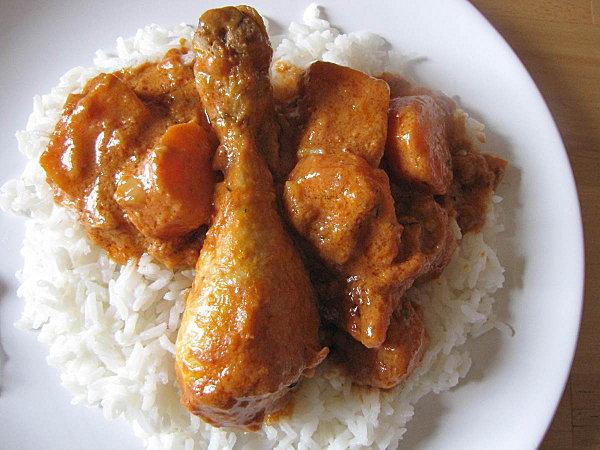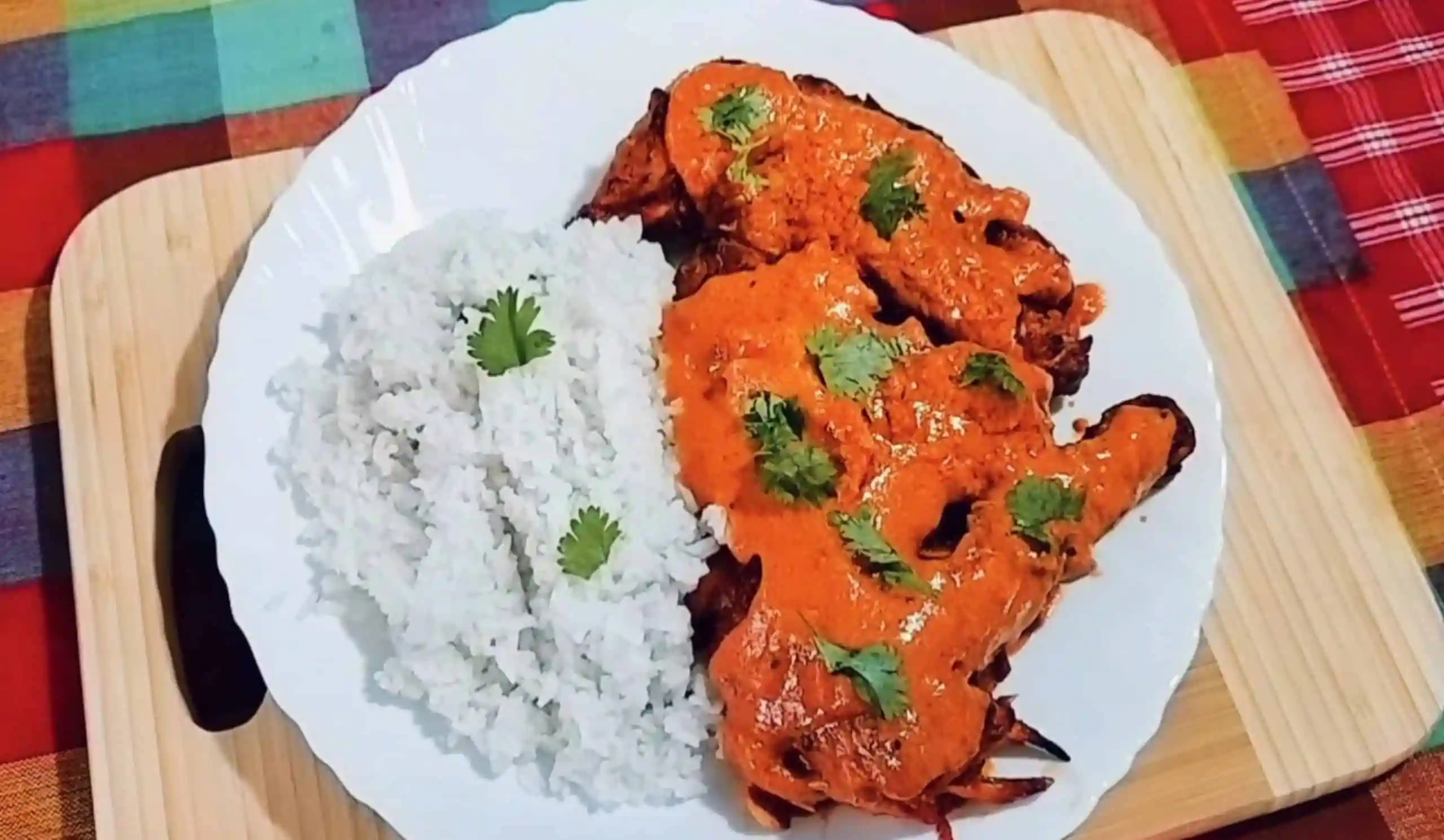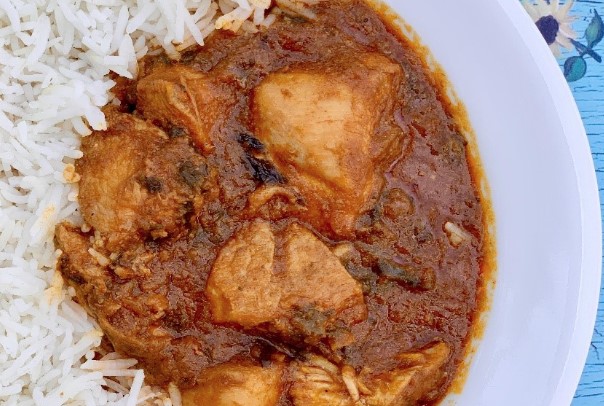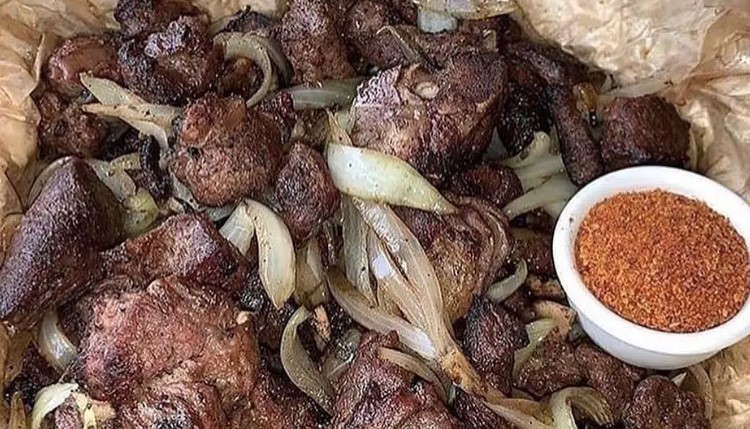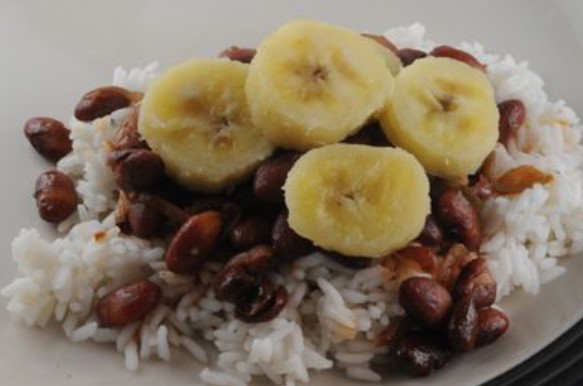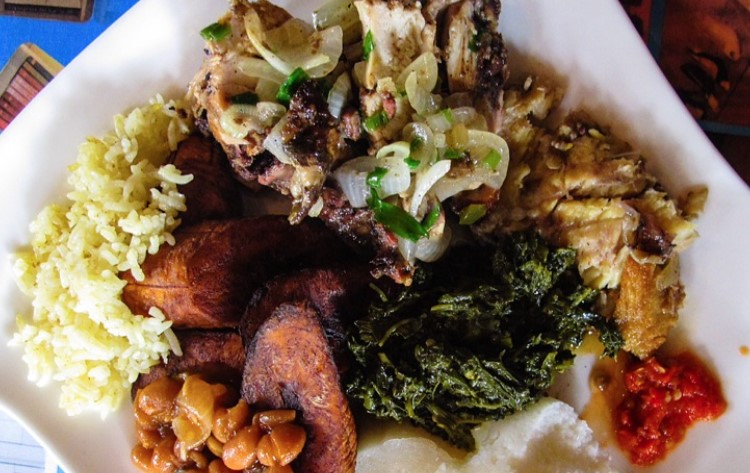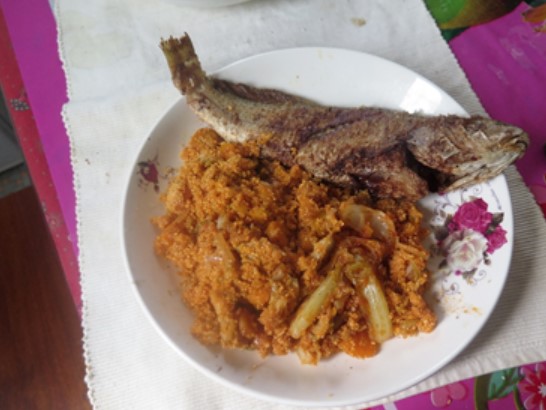Introduction: Understanding Congolese cuisine
Congolese cuisine is a unique blend of traditional African recipes and influences from various ethnic groups and foreign cultures. The Democratic Republic of Congo, previously known as Zaire, is located in central Africa and is the second-largest country on the continent. The nation is home to over 200 ethnic groups, each with their own distinctive culinary style.
Regional diversity: Ethnic groups and cuisine
The Congolese cuisine is influenced by the country’s regional diversity. The cuisine of the northern region is dominated by the Nilotic and Sudanic ethnic groups, while the eastern region is home to Bantu ethnic groups. The southern region is occupied by the Khoisan peoples, and the western region is home to the Bakongo and Teke peoples. These ethnic groups have unique cooking styles, ingredients, and flavors that are reflected in the Congolese dishes.
The influence of Bantu cuisine on Congolese dishes
The Bantu people are the largest ethnic group in the Democratic Republic of Congo, and their cuisine has had a significant impact on Congolese cuisine. The use of cassava, yams, plantains, and maize is widespread in Bantu cuisine and forms the foundation of many Congolese dishes. Congolese dishes like fufu, a starchy white pudding made from cassava or yams, and kwanga, a sour cassava cake, are Bantu staples that are enjoyed across the country.
The impact of Arab and Indian trade on Congolese cuisine
The Arab and Indian traders who arrived in the Congo in the 15th century brought with them new spices, rice, and lentils that have since become staple ingredients in Congolese cuisine. Spices like cumin, coriander, and turmeric are used extensively in Congolese dishes like mchuzi wa samaki, a fish curry dish, and pilaf rice. Additionally, Indian sweets such as barfi and halwa have been adapted to local tastes and are now enjoyed as traditional Congolese desserts.
The Portuguese legacy in Congolese dishes
The Portuguese colonized parts of the Congo in the 16th century, and their culinary influence can still be seen in Congolese cuisine today. The introduction of peanuts and palm oil, which are widely used in Congolese dishes like groundnut stew and maboke, is credited to the Portuguese. Additionally, the popular Congolese dish, moamba de galinha, a chicken stew with palm oil, originated from the Portuguese dish, moamba de funge.
The French and Belgian colonial influence on Congolese cuisine
The French and Belgians colonized the Congo in the late 19th century, and their influence can be seen in Congolese cuisine. French cuisine introduced the use of butter and wine, which are used in Congolese dishes like chicken casserole. Belgian cuisine is also reflected in Congolese dishes like croquettes de manioc, a dish made from cassava that is similar to Belgian croquettes.
The role of ingredients in Congolese dishes
The ingredients used in Congolese dishes are reflective of the country’s geography and climate. The Congo River, the second-largest river in the world, provides access to a variety of freshwater fish that are widely used in Congolese cuisine. The country’s tropical climate also allows for the cultivation of a wide range of fruits, including mangoes, papayas, and pineapples, which are used in Congolese dishes like fruit salad.
Popular Congolese dishes by region and ethnicity
The popularity of specific Congolese dishes varies by region and ethnicity. In the western region, the Bakongo people enjoy dishes like poulet à la moambé, a chicken dish cooked in palm oil and served with cassava leaves. In the eastern region, the Bantu people enjoy dishes like makayabu, a dish made from dried fish and cooked with tomatoes and onions. In the southern region, the Khoisan people enjoy dishes like biltong, a form of jerky made from dried meat. Overall, Congolese cuisine is diverse and reflects the country’s rich cultural heritage.


